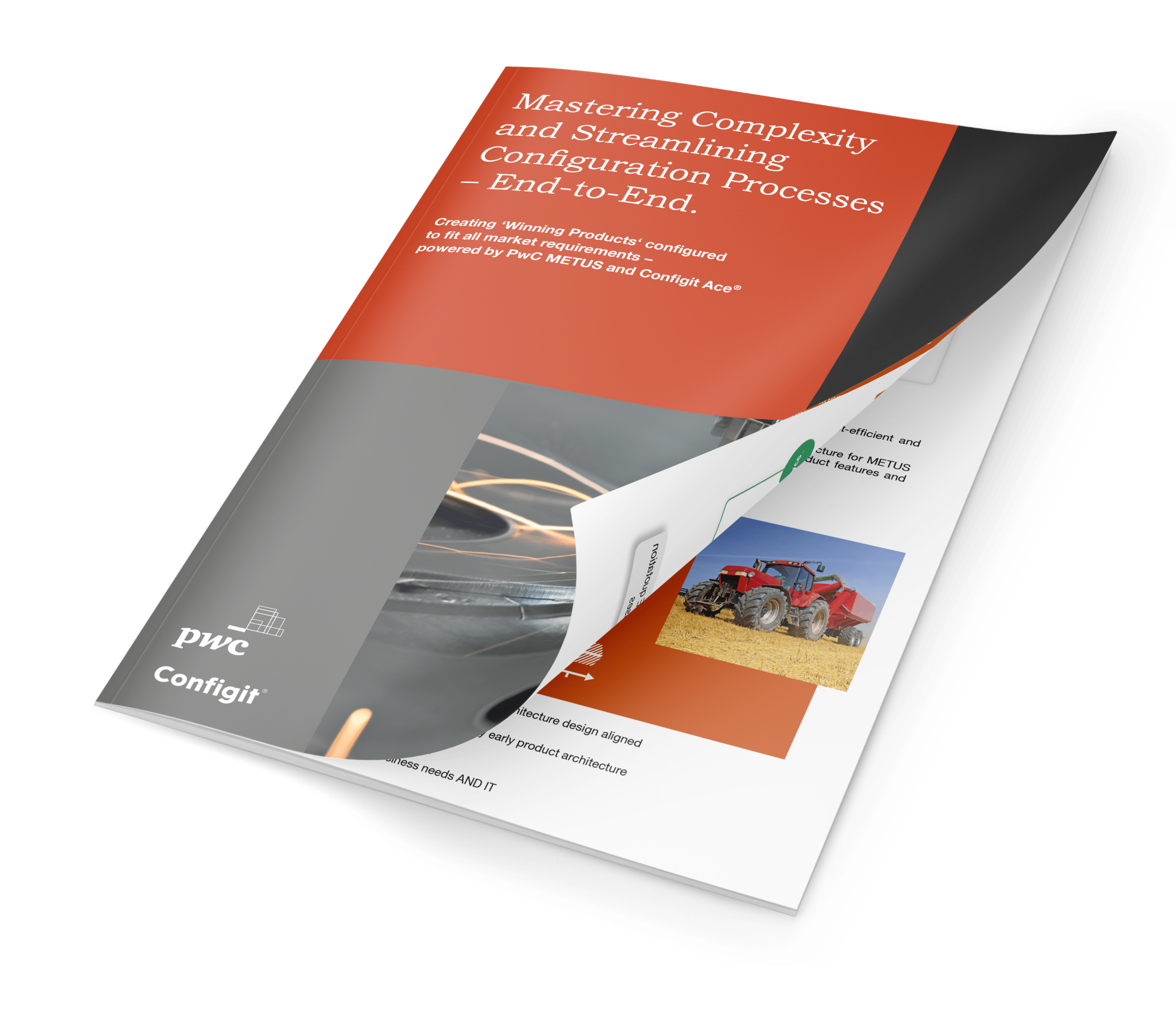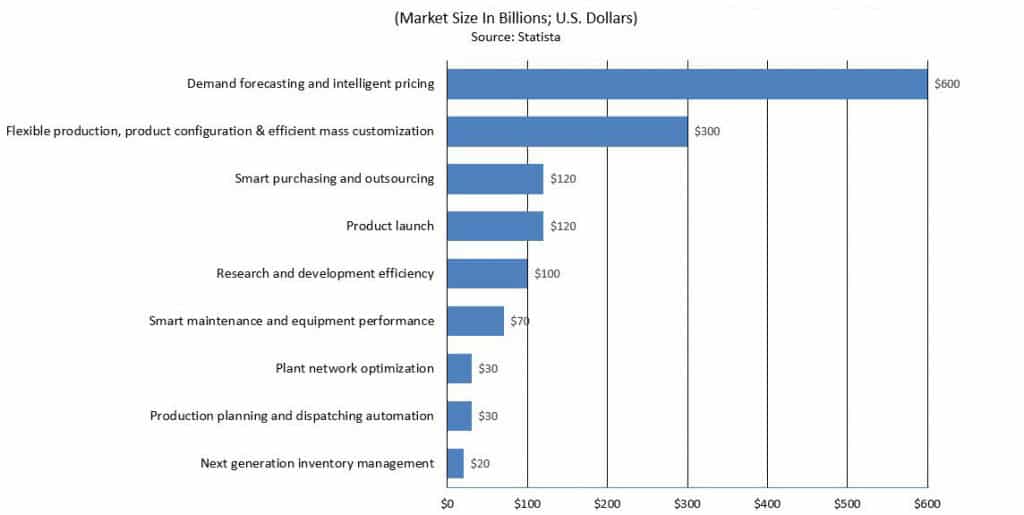Bottom Line
Capture more revenue from your selling strategies by finding and fixing the product configuration gaps between sales, engineering, and production using five key metrics to see what’s working and what needs to improve.
- One in five customers is willing to pay up to a 20% premium for a product customized to their preferences and unique requirements according to Deloitte.
- 22% of customers are willing to share additional personal data to assist manufacturers in creating products tailored to their specific preferences.
- 48% are willing to wait long for a personalized product or service that reflects their unique preferences.
- Closing the product configuration gaps that exist between sales, engineering, and production is one of the fastest ways to increase sales by exceeding customers’ expectations of value and customization.
Closing the product knowledge gaps between sales, engineering and product close more sales deals too. Getting all three departments to rely on a single database or system of record that provides a lifecycle-based view of product configuration leads to more accurate quotes, faster sales cycles, and higher perfect order performance.
Customers are willing to pay up to a 20% premium, provide personal data and wait longer (48%) for a product customized to their specific preferences and requirements making product configuration strategies a proven strategy for increasing sales.

